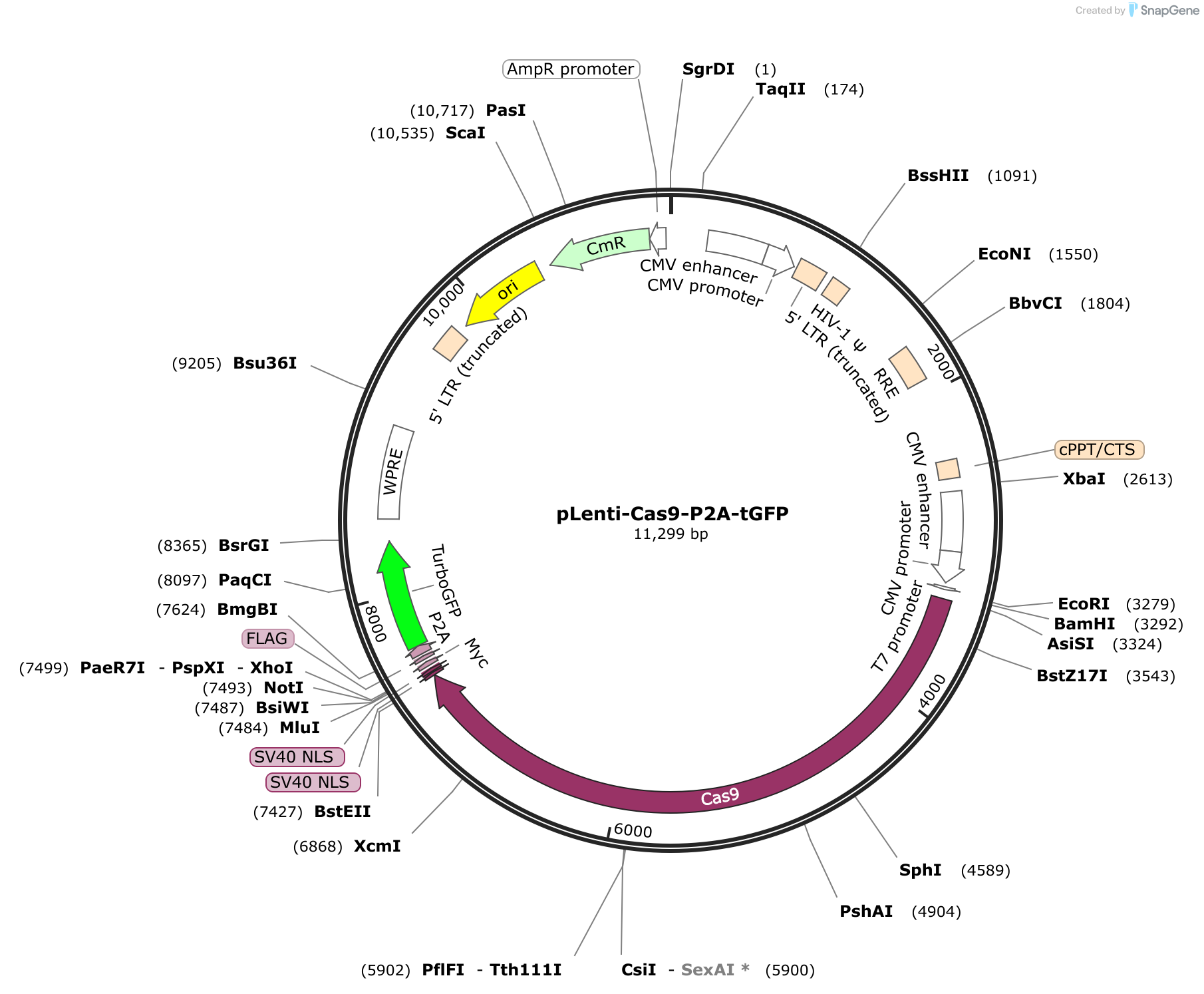

Comparative genomic analyses implied divergent evolutionary patterns between pomaceous and drupaceous trees. Five photosynthesis-related genes were specially selected in perennial woody trees. Plastid protein-coding genes were characterized with a high proportion (over 50%) of synonymous variants and insertion-deletions with multiple triplets. Contraction/expansion of inverted repeat regions and sequence losses of the two single-copy regions underlie large genomic variations in size among Rosaceae plastomes. To our knowledge, we generated the first comprehensive map of genomic variation across Rosaceae plastomes. Using comparative genomics and phylogenomics, we analyzed 121 Rosaceae plastomes of 54 taxa from 13 genera, predominantly including Cerasus (true cherry) and its relatives. The lack of plastome characteristics has blocked our understanding of the evolution of plastome and plastid genes of Rosaceae crops. Rosaceae comprises numerous types of economically important fruits, ornamentals, and timber.

Jing Zhang 1,2†, Yan Wang 1,2†, Tao Chen 1,3†, Qing Chen 1†, Lei Wang 1,2, Zhen-shan Liu 1,2, Hao Wang 1,2, Rui Xie 1,2, Wen He 1,2, Ming Li 4, Cong-li Liu 4, Shao-feng Yang 2, Meng-yao Li 1, Yuan-xiu Lin 1,2, Yun-ting Zhang 1,2, Yong Zhang 1, Ya Luo 1, Hao-ru Tang 1,2*, Li-zhi Gao 5,6* and Xiao-rong Wang 1,2*


 0 kommentar(er)
0 kommentar(er)
